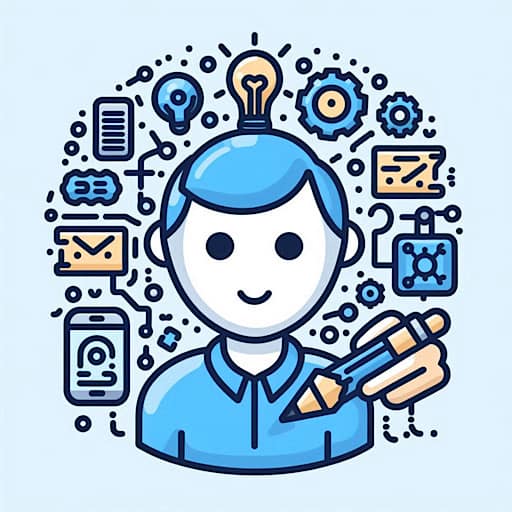Part 2 – Key AI Techniques Demystified

Understanding the core techniques behind Artificial Intelligence (AI) can make the concept less intimidating. Let’s delve into some fundamental methods that enable machines to mimic human intelligence.
Neural Networks Explained Simply
At the heart of many AI systems are neural networks, inspired by the human brain’s structure. These networks consist of interconnected layers of nodes, or “neurons,” that process data to recognise patterns and make decisions.
How They Work:
1. Input Layer: Receives raw data (e.g., pixel values of an image).
2. Hidden Layers: Process inputs through weighted connections, extracting features and patterns.
3. Output Layer: Generates the final result (e.g., classifying an image as a cat or dog).
For instance, when identifying handwritten digits, a neural network learns to recognise patterns like loops and lines corresponding to each number.
Supervised vs. Unsupervised Learning
AI systems learn in various ways, primarily categorised into:
• Supervised Learning: The AI is trained using labelled data, meaning each input comes with a known output. For example, feeding the system numerous photos labelled “cat” or “dog” helps it learn to distinguish between the two. It’s akin to teaching a child by providing correct answers during practice.
• Unsupervised Learning: Here, the AI receives unlabelled data and must find patterns or groupings on its own. An example is clustering customers based on purchasing behaviour without prior categories, helping businesses identify market segments. This method is like exploring and identifying natural groupings without guidance.
Algorithms: The Brains Behind AI
An algorithm is a set of step-by-step instructions designed to perform a task or solve a problem. In AI, algorithms process data to make decisions or predictions.
Common AI Algorithms:
• Decision Trees: Use a tree-like model of decisions and their possible consequences, helpful in classification tasks.
• Regression Analysis: Estimates relationships among variables, often used for predictions.
• Clustering Algorithms: Group similar data points together, useful in market segmentation.
These algorithms enable AI systems to analyse data, learn from it and make informed decisions.
Generative AI: AI That Creates
Unlike traditional AI, which focusses on analysing data, Generative AI creates new content. It learns patterns from existing data and generates novel outputs.
Applications of Generative AI:
• Text Generation: Models like GPT-3 can write essays, poems, or code snippets based on prompts.
• Image Creation: Tools like DALL·E generate images from textual descriptions, producing unique visuals.
• Music Composition: AI systems compose original music pieces in various styles.
For example, given a prompt to write a story about a space adventure, a generative AI can craft a coherent narrative, showcasing creativity derived from learnt patterns.
